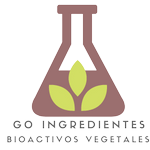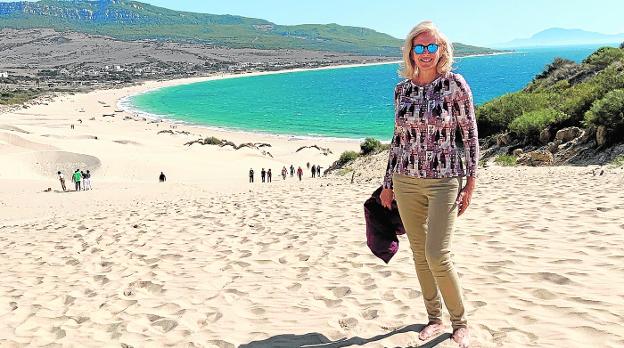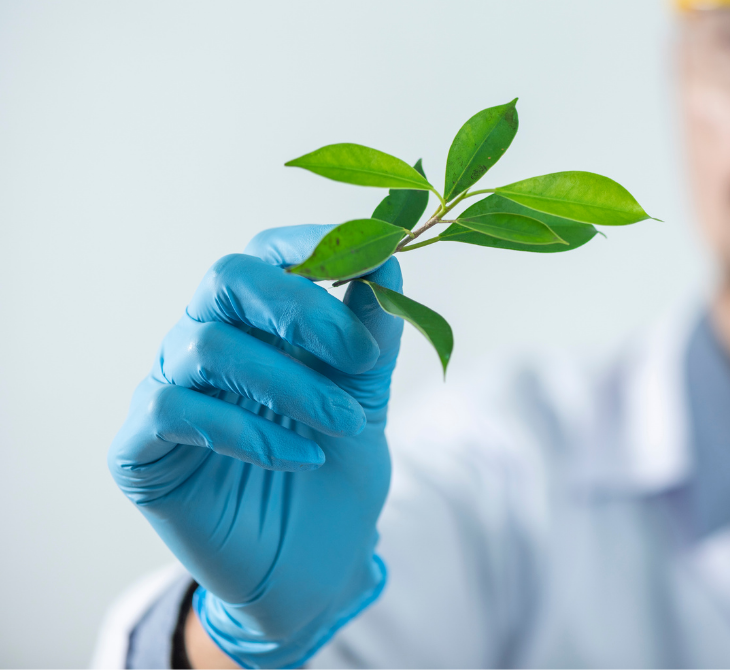The traditional agricultural sector has always taken advantage of its by-products. What was not sold in the market or was reused went to feed the animals or, ultimately, to fertilize the land for the next harvest. The modern agricultural industry has reinvented this reuse strategy that was being lost through what is now known as the circular economy. It is not a question of a trend caused by the environmental awareness of producers and consumers, but rather an initiative that started in Europe in the middle of this decade and is now spreading throughout the Region.
On December 2, 2015, specifically, the European Commission published a document entitled ‘Closing the loop: an EU action plan for the circular economy’. Its objective was to reduce “to a minimum the generation of waste” throughout the economy, and not only in agriculture, which is particularly affected by the new policy. The initiative also contributes “to creating new business opportunities” and prevents the damage inherent in “using resources at a rate that exceeds the Earth’s capacity to renew them.” With all this, the EU intends to achieve net savings of up to 600,000 million euros for the Member States, which is equivalent to 8% of annual turnover, and at the same time reduce greenhouse gas emissions by between 2 and 4%. A good pinch of all this, although not quantified, will benefit the annual balance of agribusiness.
At the moment, there are already initiatives to reuse the hitherto enormous losses that are generated between the collection of fruit and vegetable products and their consumption, and that the European Commission estimates at a third of world production. Researchers such as the professor of Plant Physiology at the University of Murcia, María Ángeles Pedreño (the image is from her laboratory) and the emeritus professor of the Polytechnic University of Cartagena Francisco Artés Calero, in addition to initiatives from entities such as the National Technological Center of the Conservas, based in Molina de Segura, are already studying how to use in the food industry itself or in others, including medicine, the by-products that until now were wasted after harvesting broccoli, lemons or lettuce, for example. Officially, the ‘Circular Economy Strategy for the Region of Murcia’ started in September 2017, when the Autonomous Government Council agreed to promote an initiative that, like many other advances, came from Europe.


